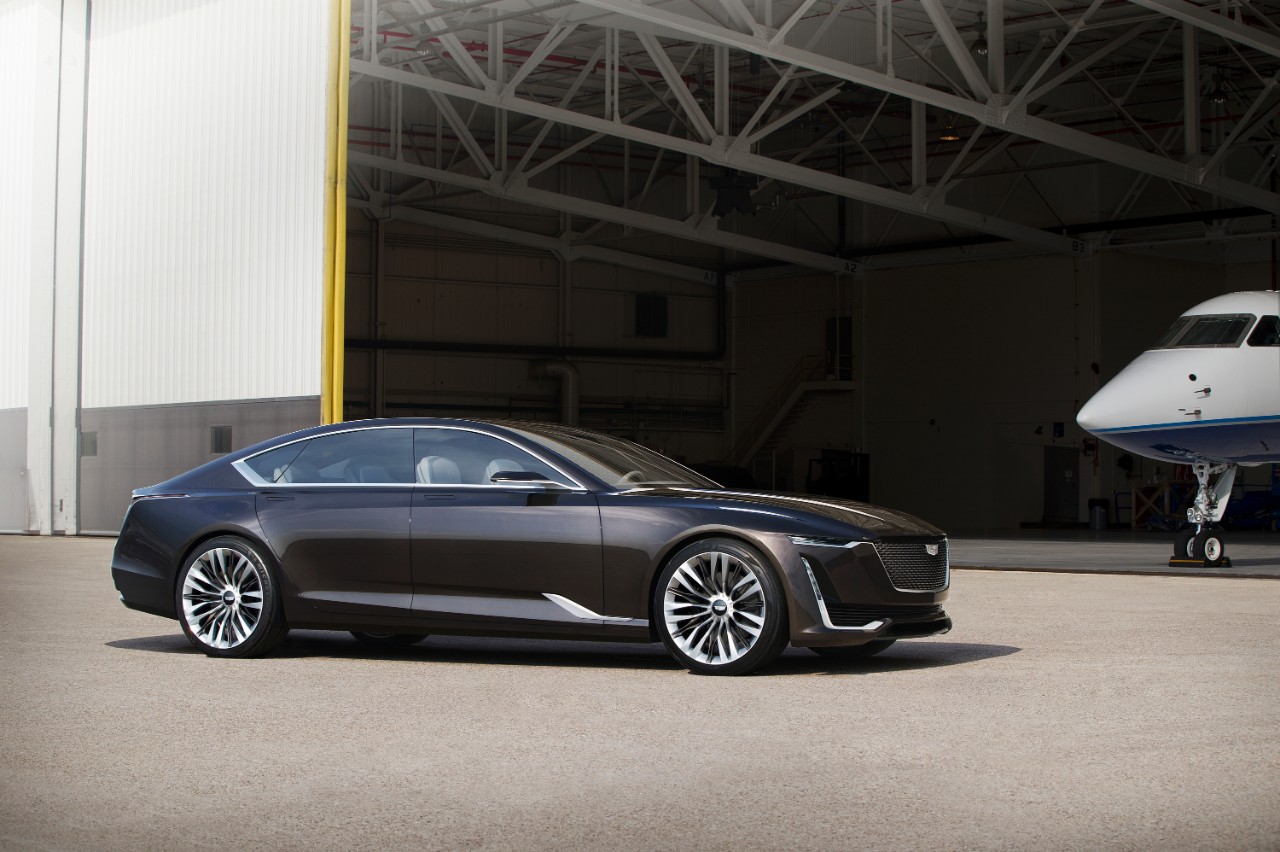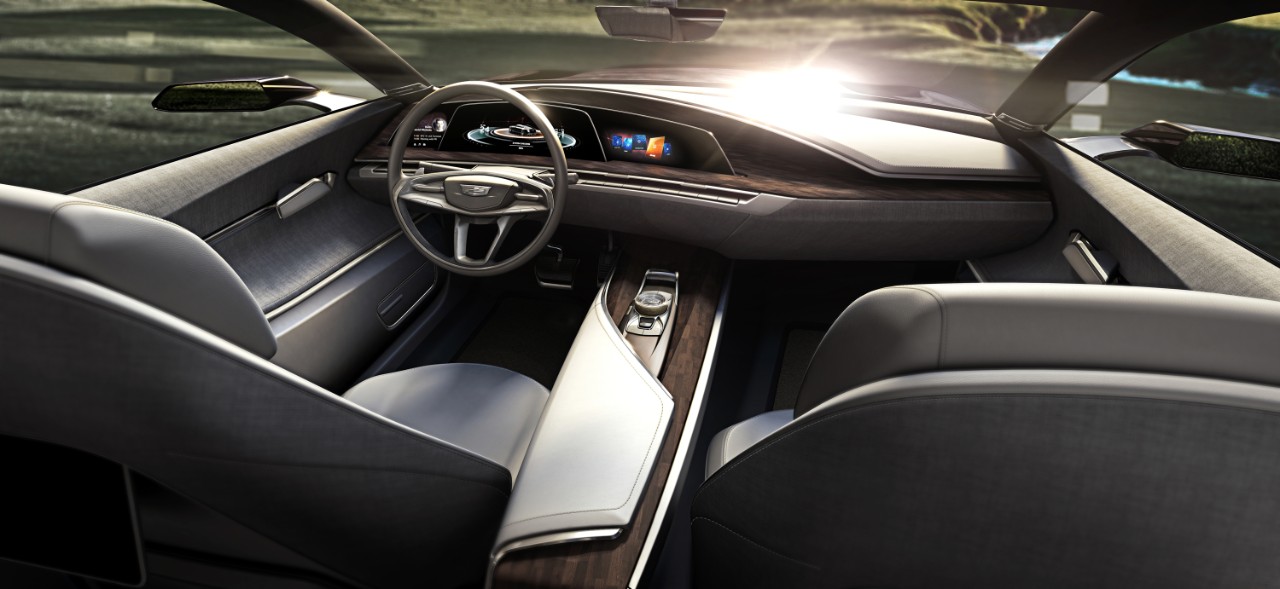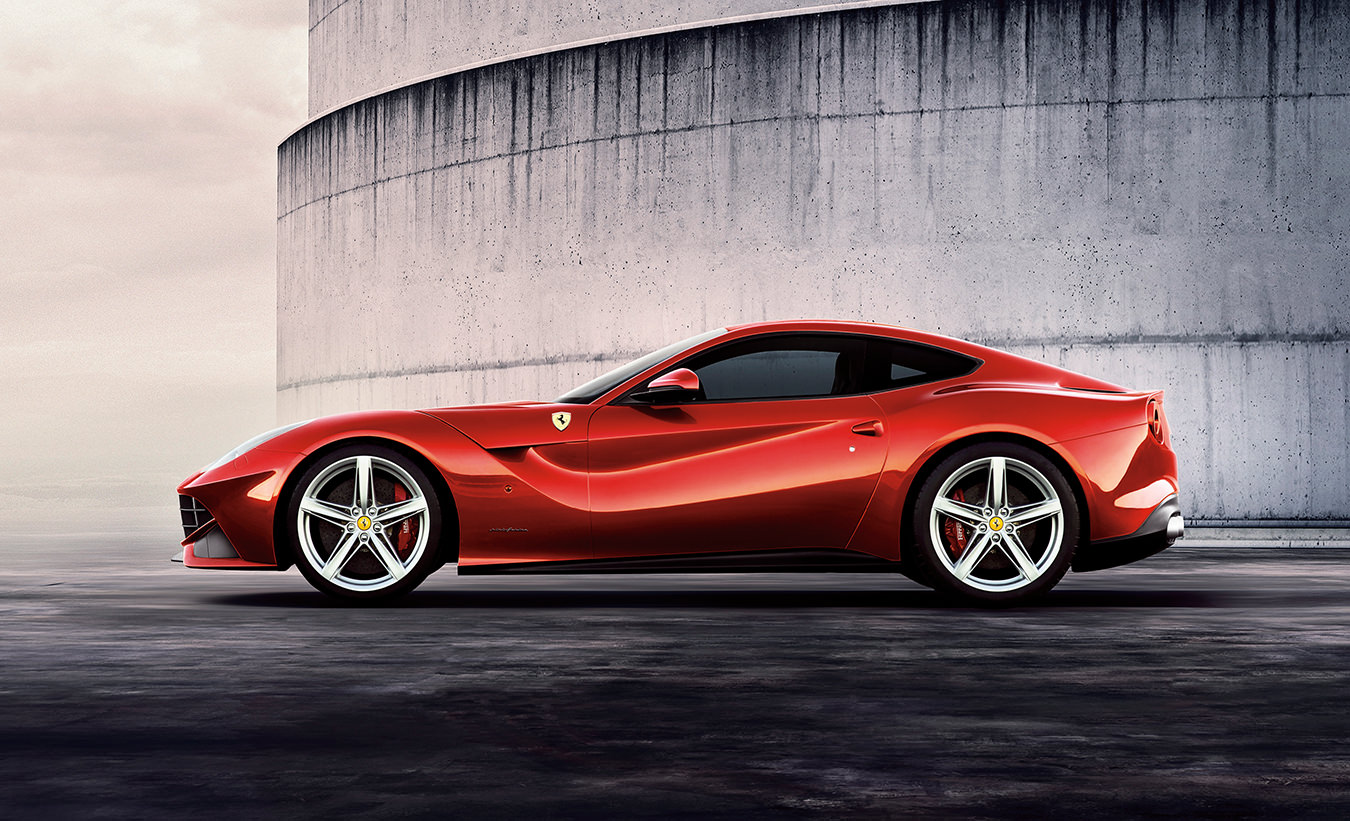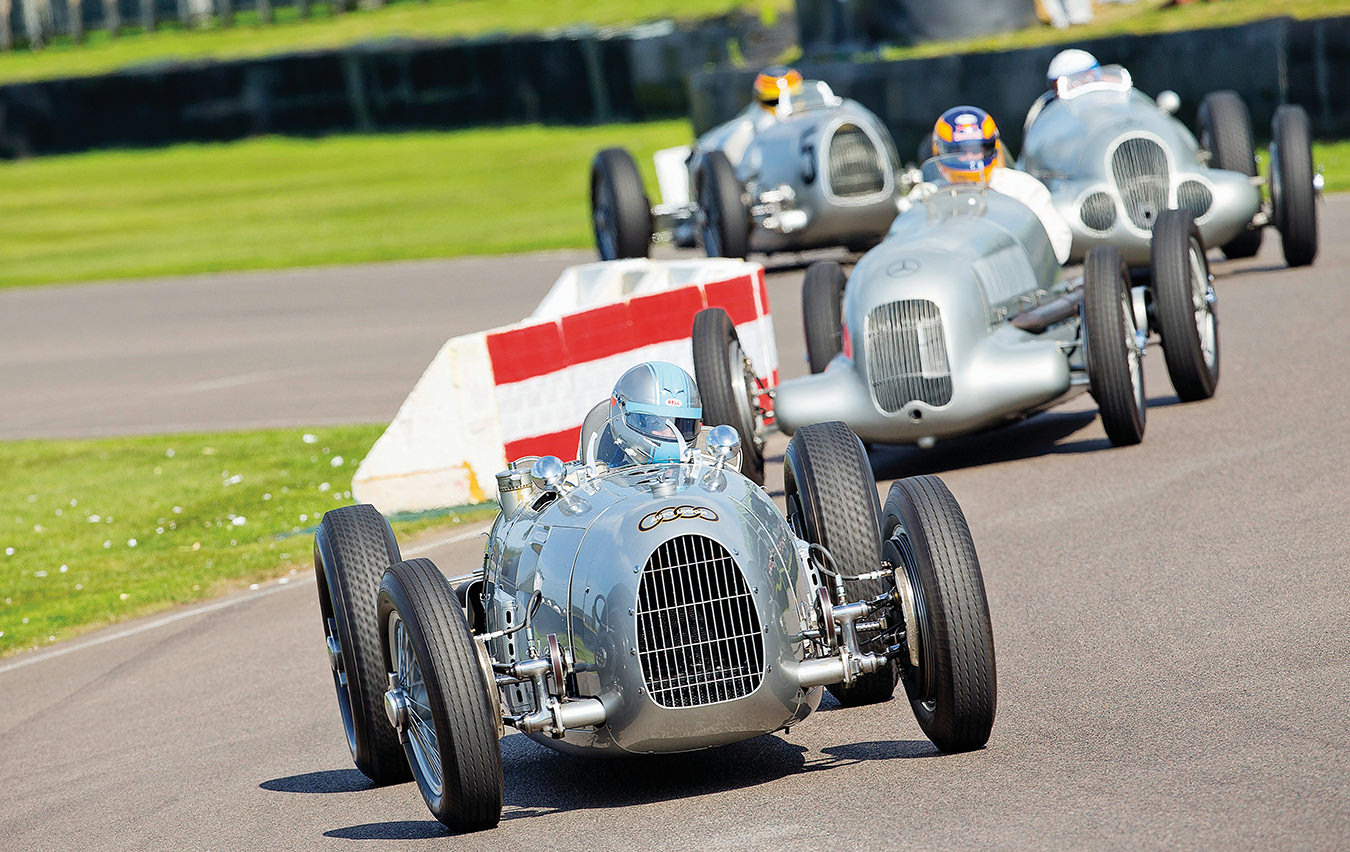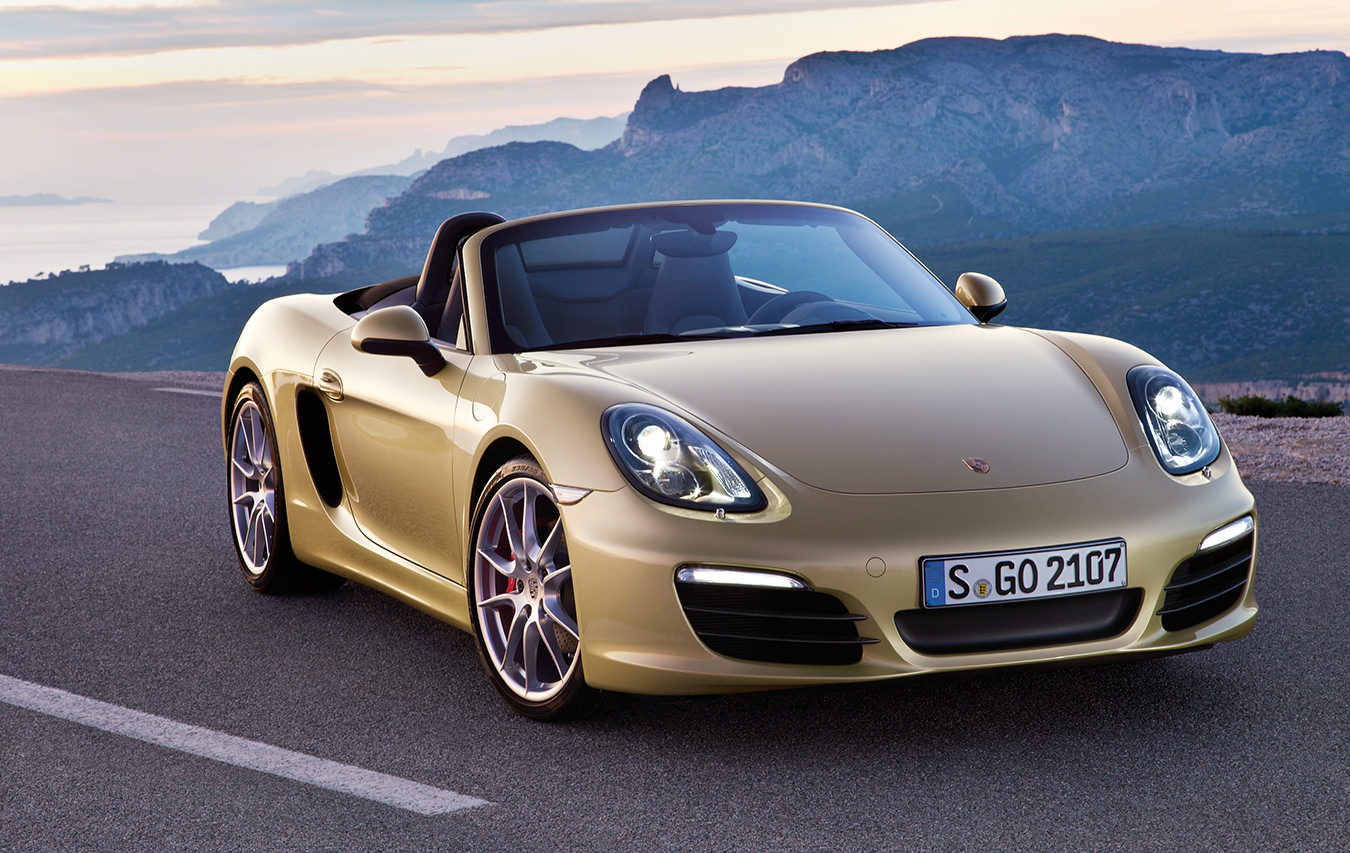Cadillac Escala Concept
Inspired by design, technology, and high performance.
When you are what the car industry refers to as a “challenger brand”, you need to go above and beyond. You need to create some combination of attributes that will resonate with potential customers. You need to convince these potential customers that the brand of vehicle they’ve been driving for the past five, 10, or 20 years is no longer a smart decision.
Cadillac is the Cadillac of challenger brands.
From the moment they took their initial steps towards a bold new direction in 2002, this most American of luxury brands has been charting a course for the future. That was the year the first Cadillac CTS debuted; the first production car to embody a design ethic called “Art & Science”, the CTS represented a completely different tack, one marked by angular exterior lines and European underpinnings.
The first CTS was merely a hint of things to come; the true warning shot came with the arrival of its high-powered derivative, the CTS-V, in 2004. This scintillating sedan featured the 400-horsepower engine from the Chevrolet Corvette Z06, as well as a 6-speed manual transmission and brake calipers from the Italian maestros at Brembo. The net effect: much head-scratching (from competitors) and rubber-necking (from enthusiasts).
From this point forward, the fleet of Cadillac automobiles has been, step-by-step, transformed.
Nowadays, world-class levels of performance—as evidenced by the ATS-V and CTS-V—are hallmarks of the brand. Crisp design, inside and out, is the rule, not the exception; concept cars such as the Elmiraj, Ciel, and the Escala concept (which touched down in Toronto for the 2016 Canadian International Auto Show) offer the most vivid proof. Long story short, any resemblance to a sofa, either in whole or in part, has long since vanished.
Away from the decisions related directly to design and engineering, Cadillac has also aligned itself with various tastemakers in the worlds of art, architecture, and fashion. The rationale being that despite excellence in many areas—a standard developed over the past 15 years—the 21st-century Cadillac is still not the obvious choice compared to, well, the obvious choices. The decision to drive a Cadillac is reserved for a certain kind of risk-taker.
From the moment they took their initial steps towards a bold new direction in 2002, this most American of luxury brands has been charting a course for the future.
This is why the global debut of the Cadillac XT5 took place at the 2015 Dubai Auto Show, rather than in a “more natural” setting for an American SUV, such as the auto shows in Los Angeles or Detroit or New York. This is why Cadillac has partnered with fashion icons (Nick Wooster), upstarts (Jason Wu, Public School) and organizations (the Council of Fashion Designers of America.)
In the lead-up to the Toronto auto show, Cadillac hosted a panel discussion on the role of design and technology in the automotive world and beyond. In attendance were two designers from the challenger brand, Michelle Killen and Laetitia Lopez, as well as fashion designer Femka van Buuren and installation artist Daniel Arsham.
They were countless memorable moments during the discussion.
Van Buuren showed an image of a colour-blind man who had an antennae implanted into his skull, allowing him to sense colour according to different vibration patterns. On the other hand, many of Ashram’s installations are inspired by a fascination with dance with technological innovations from the past: the VCR, the cassette tape, the push-button telephone. The images of his work provided an interesting contrast to the technology-driven design of the Cadillac Escala, which was on display at the event.
The pace of technology is blindingly quick, the panelists agreed. This fact left many in the audience wondering if, for example, the three curved OLED screens in the Escala might be seen in Cadillac production vehicles in the immediate future… only to then be surpassed by something newer and bolder.
For the technophiles out there, the Escala represented a breath of fresh air; the driving environment showcased one OLED screen that spanned the entire front console and featured the facility to accept touch, gesture or voice commands. For back-seat drivers, there’s the choice of connectedness through a pair of screens or the ability to unplug completely and simply revel in the cut-and-sewn interior.
When the Escala was first unveiled at last year’s Pebble Beach Concours d’Elegance, lead designer Andrew Smith summarized what the car means to the brand and what the brand itself now means to the world at large: “Consider a future vision for a chauffeur-driven Cadillac, but one that you would desperately want to drive yourself.”
All things considered, the Escala is the very definition of art and science—or perhaps art and science 2.0 is more apropos.
_________
Never miss a story. Sign up for NUVO’s weekly newsletter.


